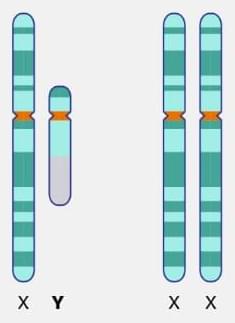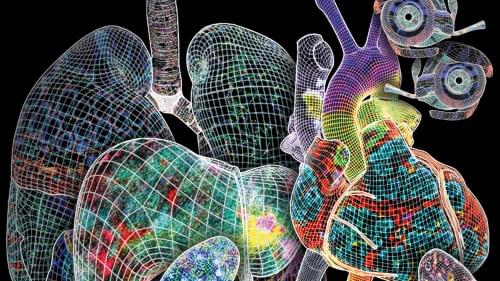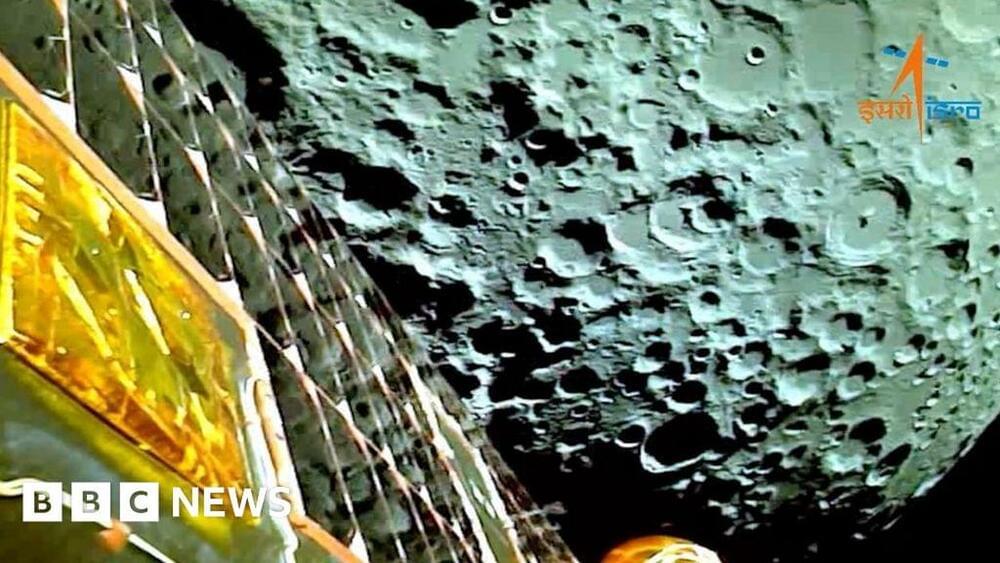In men, loss of the Y chromosome in bladder cancer cells helped tumors evade the immune system and grow unchecked, a new study shows.



Inaugurated in 2018, the Human BioMolecular Atlas Program (HuBMAP) endeavours to construct comprehensive spatial maps that feature a range of biomolecules such as RNA, proteins, and metabolites in human organs at single-cell resolution. This collection features the research, datasets, methods and tools generated by this project, accompanied by a Perspective, a News and Views, and links to other resources.

In a recent study published in the Journal of Biomedical Science, researchers investigate whether M2 macrophage-derived exosomes (M2-Exos) could prevent inflammation-associated damage during sepsis-associated acute lung injury (ALI) by modulating abnormal polymorphonuclear neutrophil (PMN) behaviors.
Study: Exosomal PGE2 from M2 macrophages inhibits neutrophil recruitment and NET formation through lipid mediator class switching in sepsis. Image Credit: Kateryna Kon / Shutterstock.com.



Jeff Tao is the founder, CEO and core developer of TDengine.
The emergence of ChatGPT in the public eye has brought new life to the field of artificial intelligence (AI). As AI technology enters all industries, it becomes a part of our work and lives, ushering in a new industrial revolution. While jobs will be lost, new opportunities will be created for those who work with AI.
Traditional industries, such as energy and manufacturing, are even more anxious about the AI-oriented future than those in the IT sector. They want to know how they can use AI technologies to reduce costs and increase efficiency in their industries.

The Klotho gene has gained increasing attention for its anti-aging properties. In the most recent installment of this series, we explored the promising cognitive benefits of administering Klotho to both mice and monkeys, the results from which may be mirrored in humans. The benefits of this circulating hormone, however, extend beyond the brain.
Klotho was first discovered as the antiaging gene in 1997 when researchers found that enhancing its expression could increase the lifespan of mice by more than 30%. Although a variety of different genes and environmental factors can influence longevity, studies have shown that Klotho-deficient mice not only have shorter lifespans but also experience more age-related complications. Premature aging in these mice often was accompanied by loss of muscle and fat tissue, thinning skin, reduced fertility, cardiovascular complications, movement abnormalities, and bone disease. Since Klotho is primarily produced in the kidneys, it is not surprising that many of these age-related complications often result from kidney dysfunction.
The kidneys generate two types of Klotho: a transmembrane protein that inserts itself into the cell membrane and mediates kidney function, and a secreted hormone that is released into the bloodstream. Individuals with naturally high levels of the hormone in their blood seem to not only live longer and be more resistant to age-related complications but also perform better on learning and memory tasks. In fact, even when a relatively small dose of Klotho is administered, animal studies have shown that the brain undergoes significant changes that allow more connections to be made in the hippocampus, the brain’s learning and memory center.

Head over to our on-demand library to view sessions from VB Transform 2023. Register Here
There’s a lot of angst about software developers “losing their jobs” to AI, being replaced by a more intelligent version of ChatGPT, GitHub’s Copilot, Google’s foundation model Codey, or something similar.
AI startup founder Matt Welsh has been talking and writing about the end of programming. He’s asking whether large language models (LLMs) eliminate programming as we know it, and he’s excited that the answer is “yes”: Eventually, if not in the immediate future.

The researchers were successful in showing the relationship between activin A and bone erosion in cholesteatoma. “Our study showed that targeting activin A is a potential treatment in the management of cholesteatomas,” says senior author Masaru Ishii, MD, PhD, professor.
Currently in clinical settings, the only effective treatment for cholesteatomas is complete surgical removal. However, the discovery of how a cholesteatoma can cause bone erosion in this study offers new hope for developing novel medical treatments as first-line management for cholesteatomas.
“A cholesteatoma can still return or happen again even after its surgical removal, so it is important to know what is actually causing it,” notes lead author Kotaro Shimizu.
